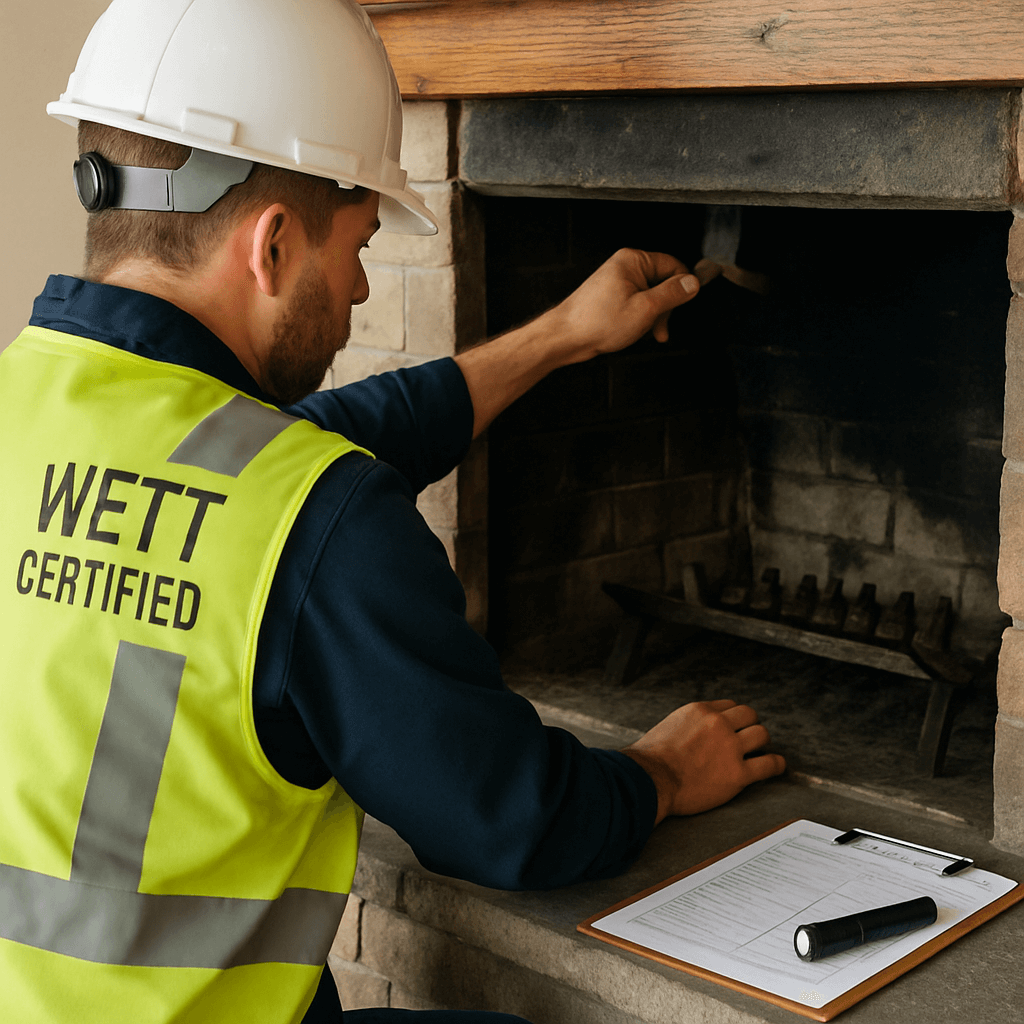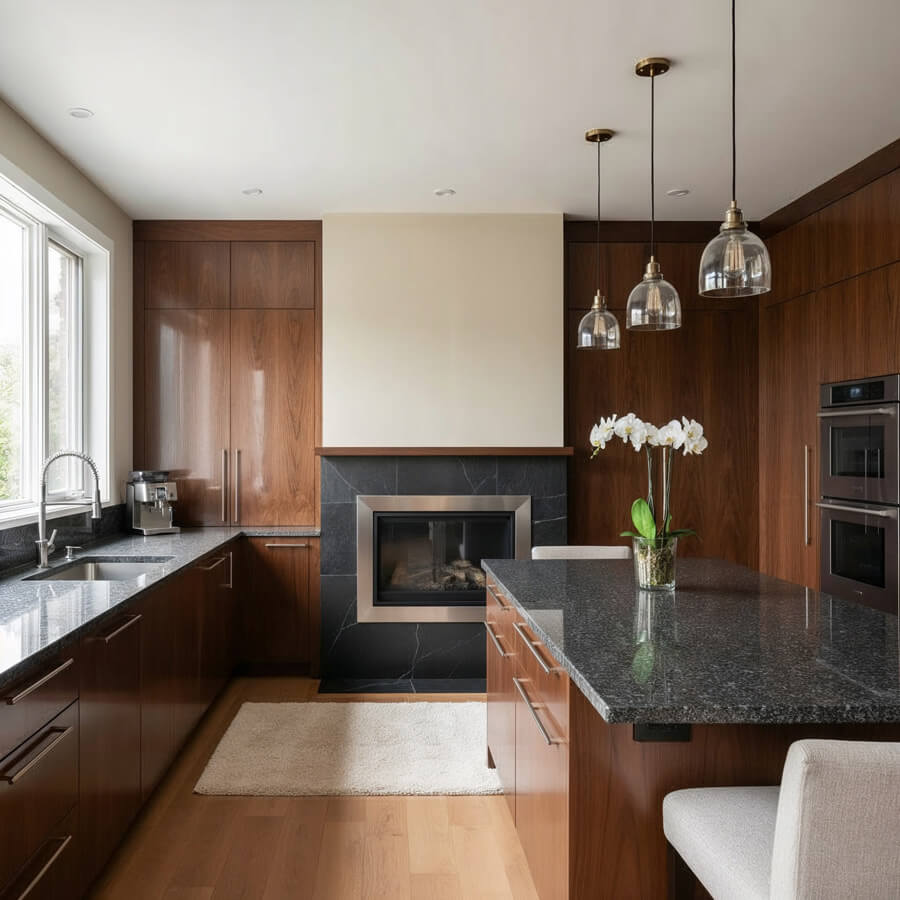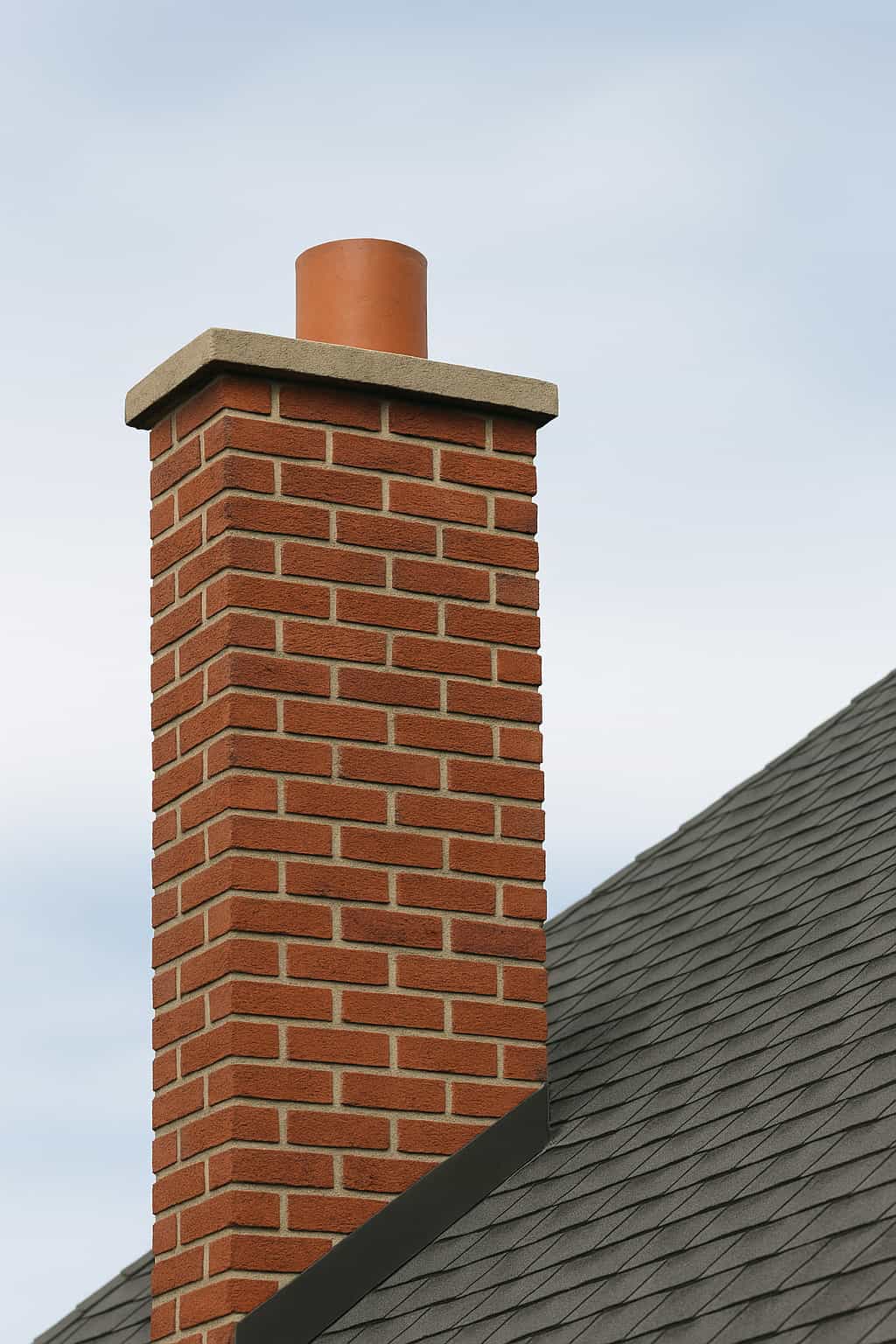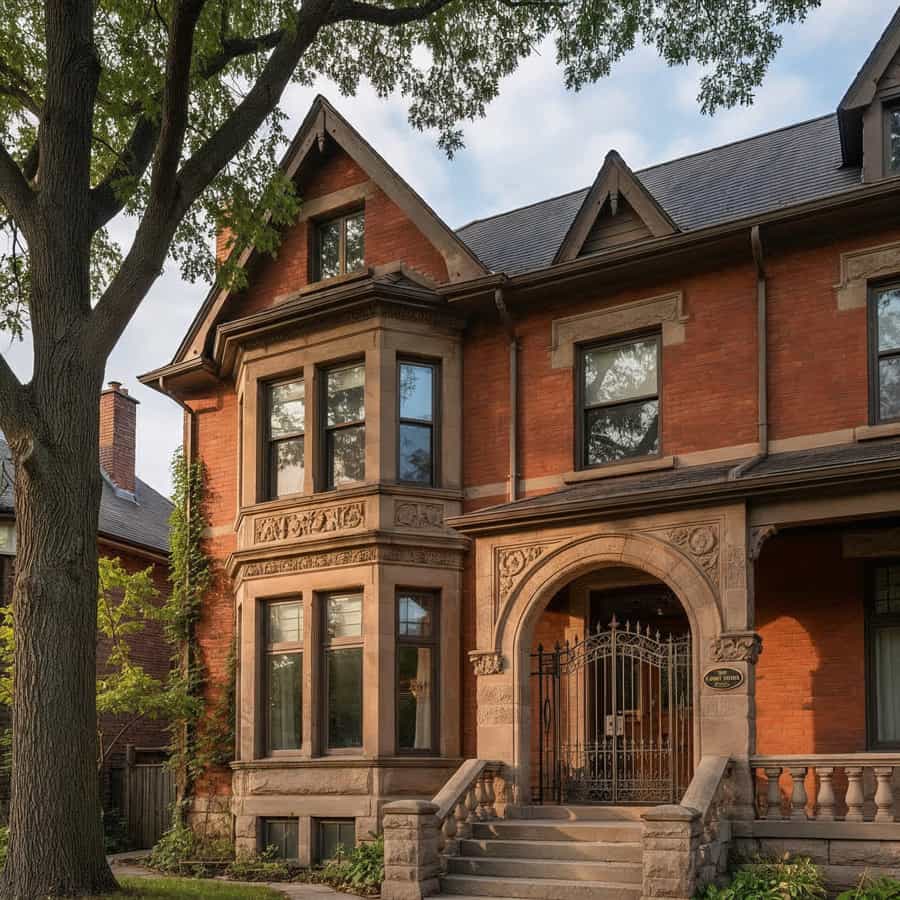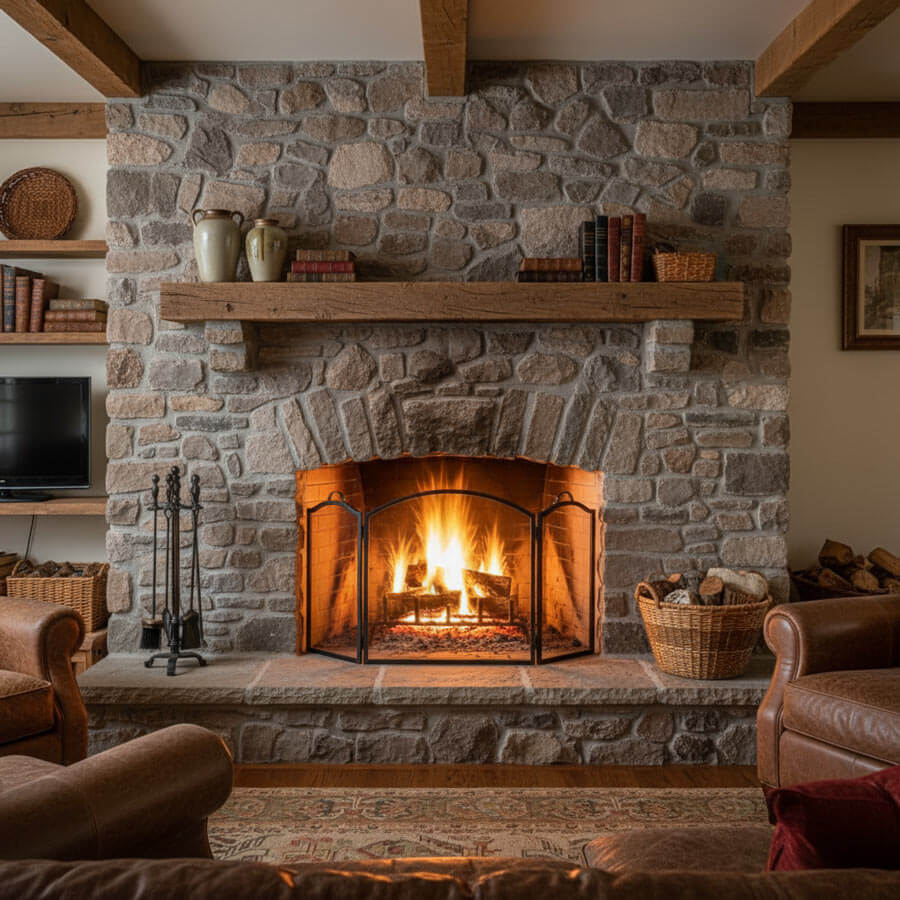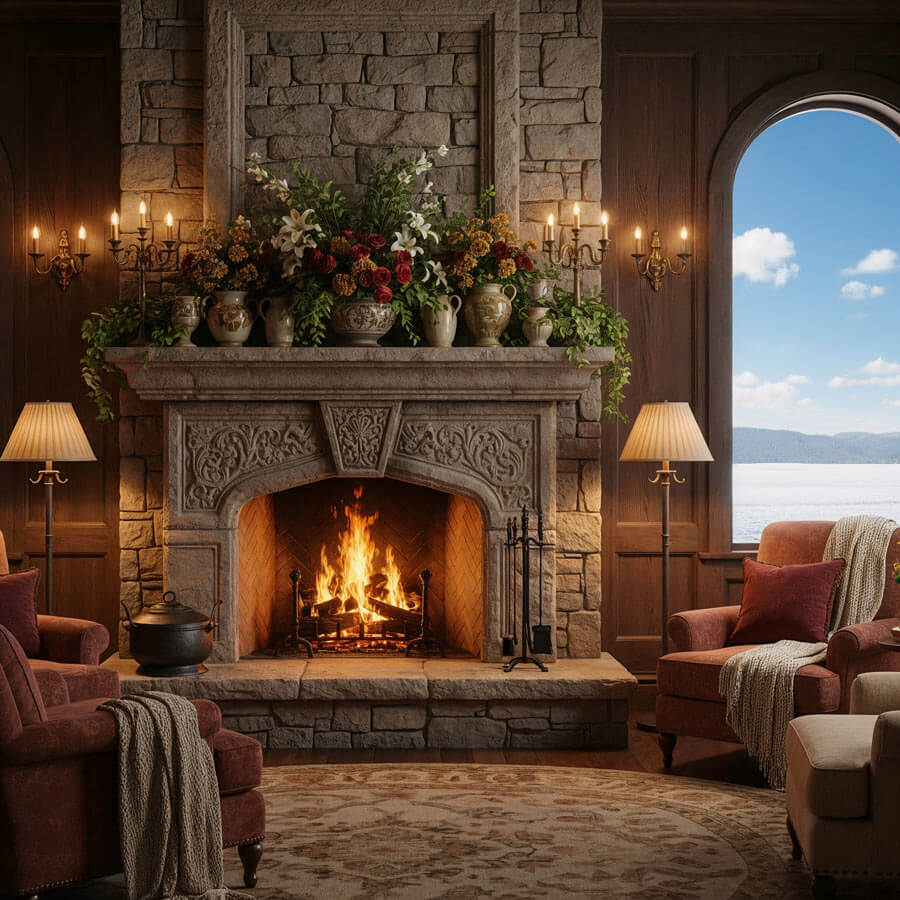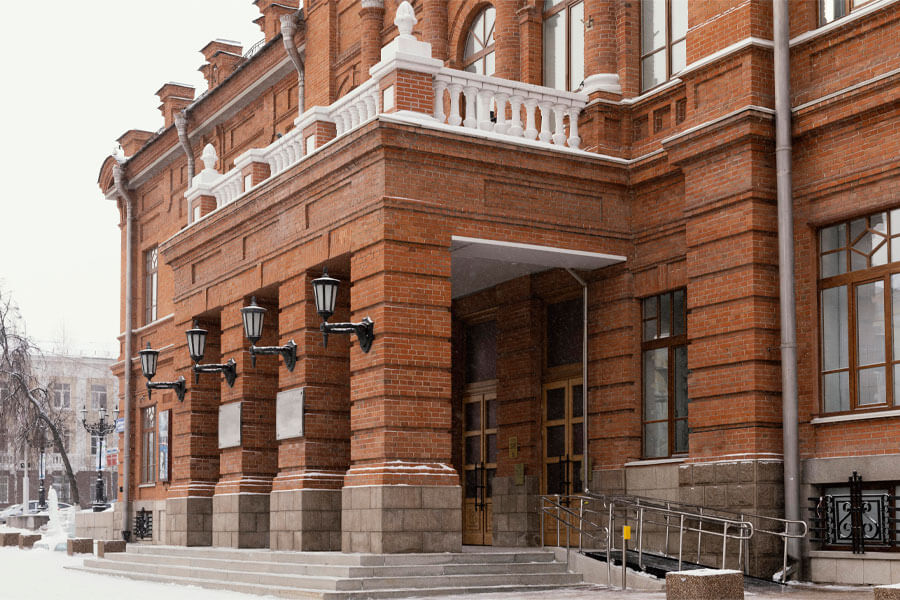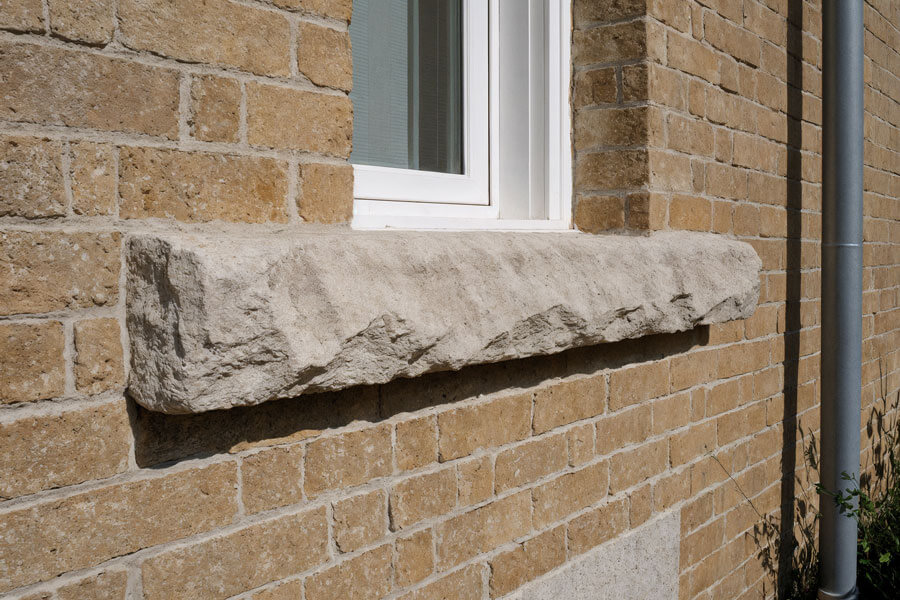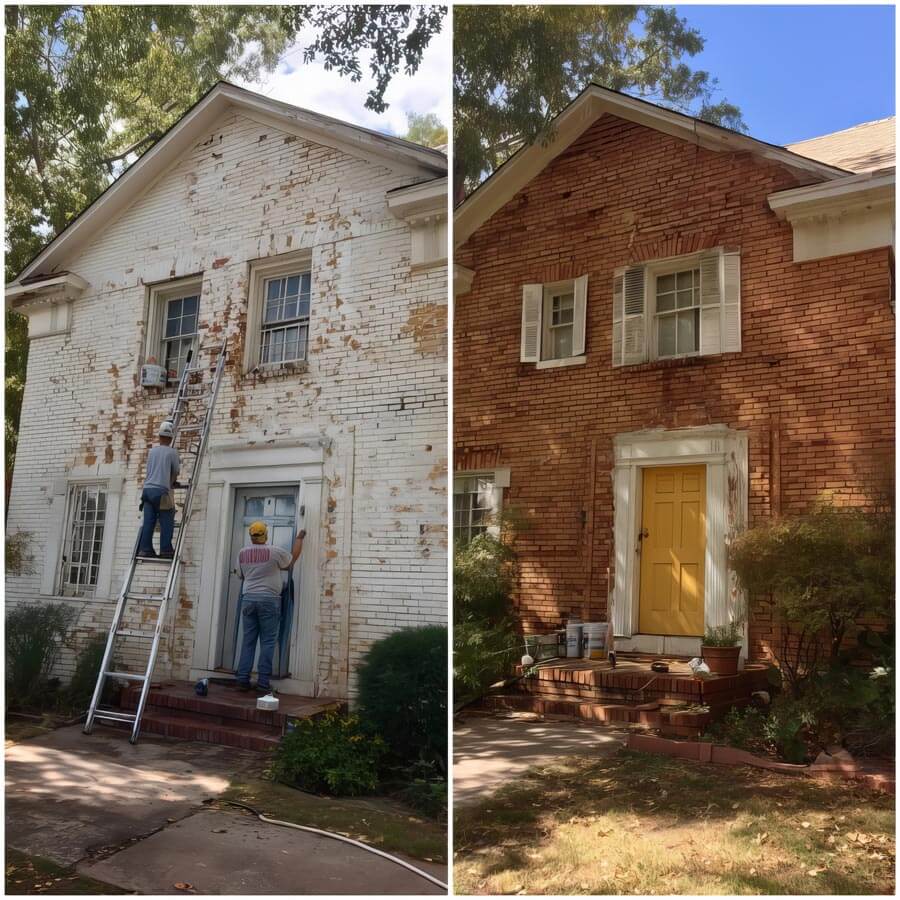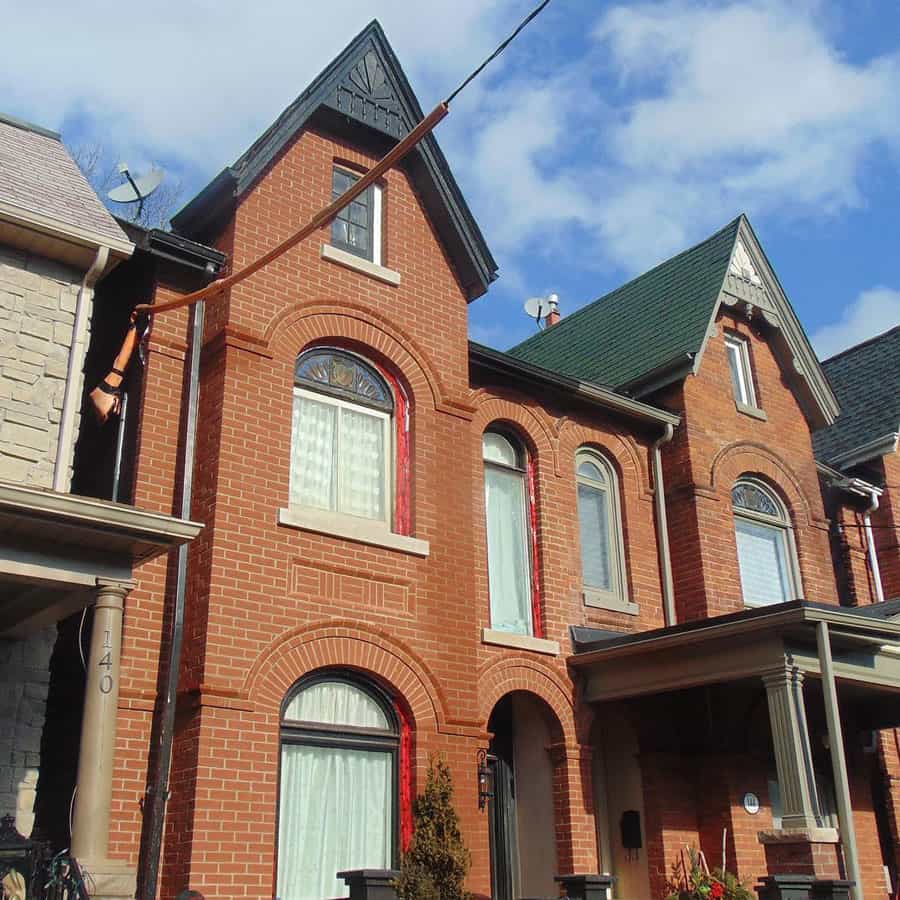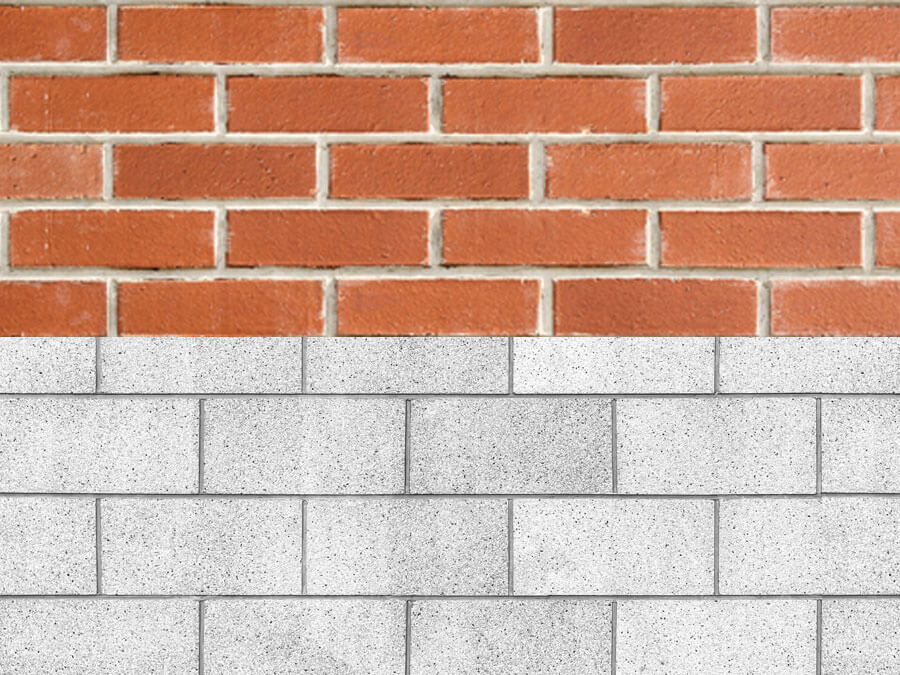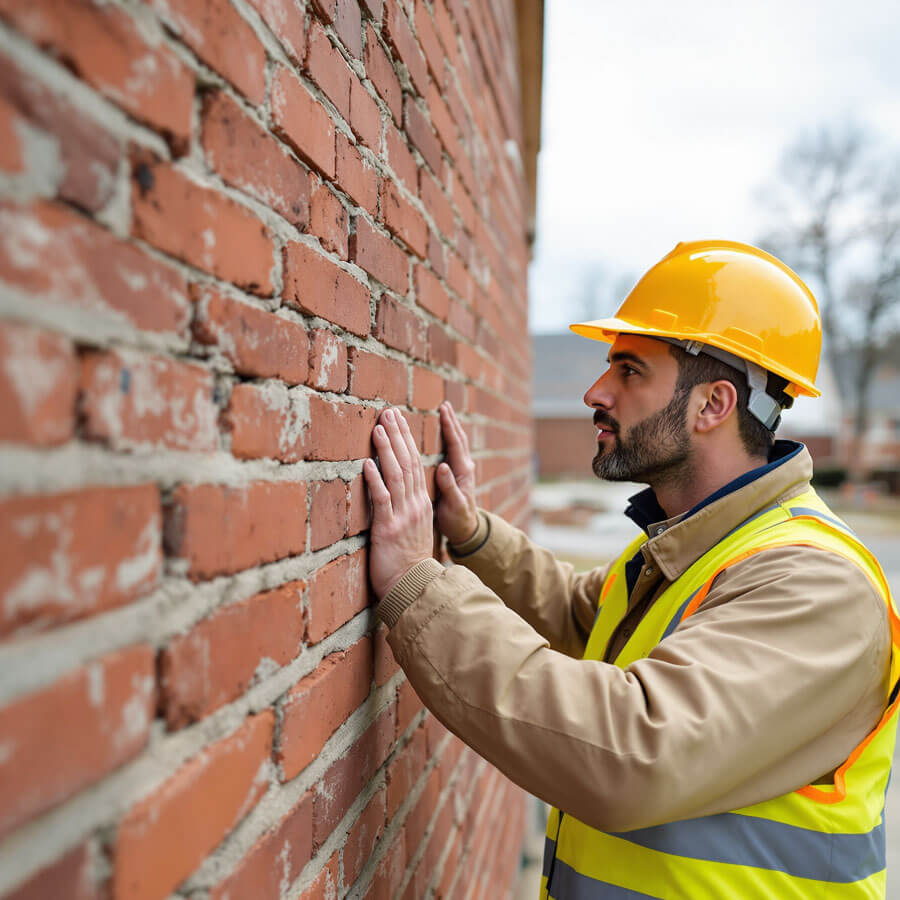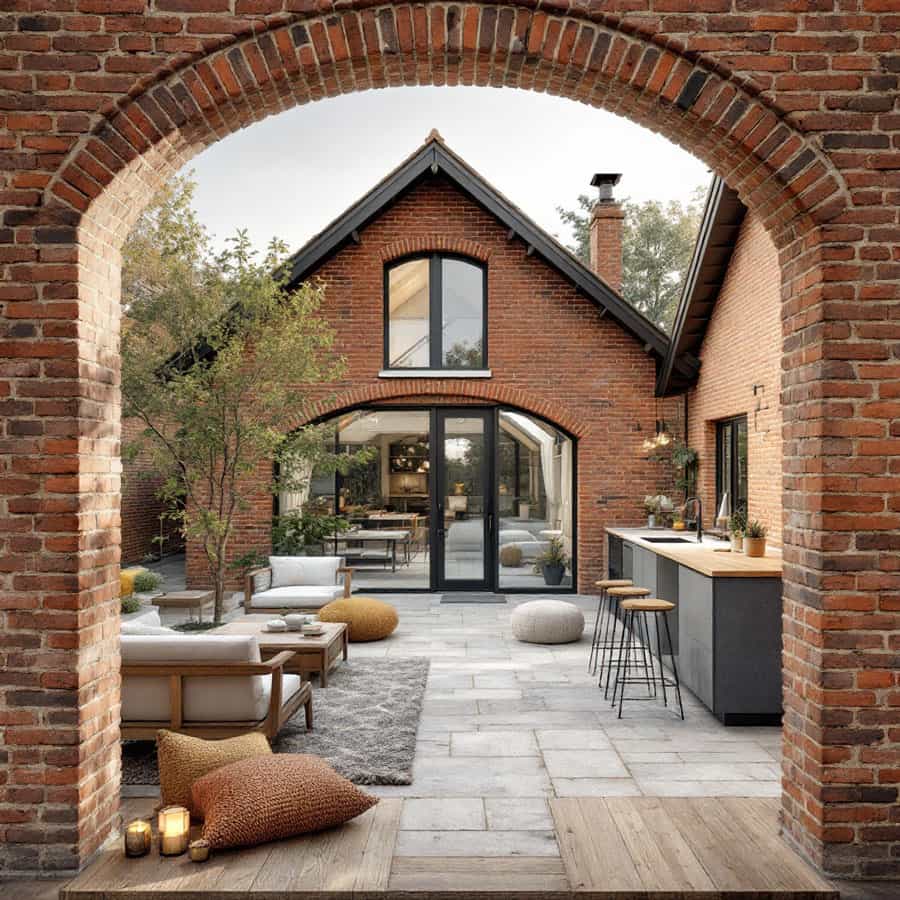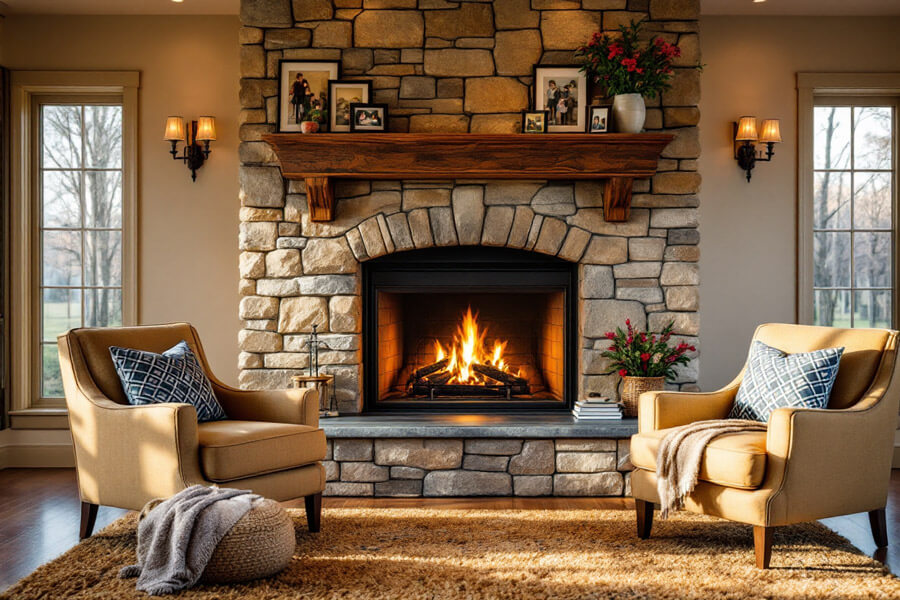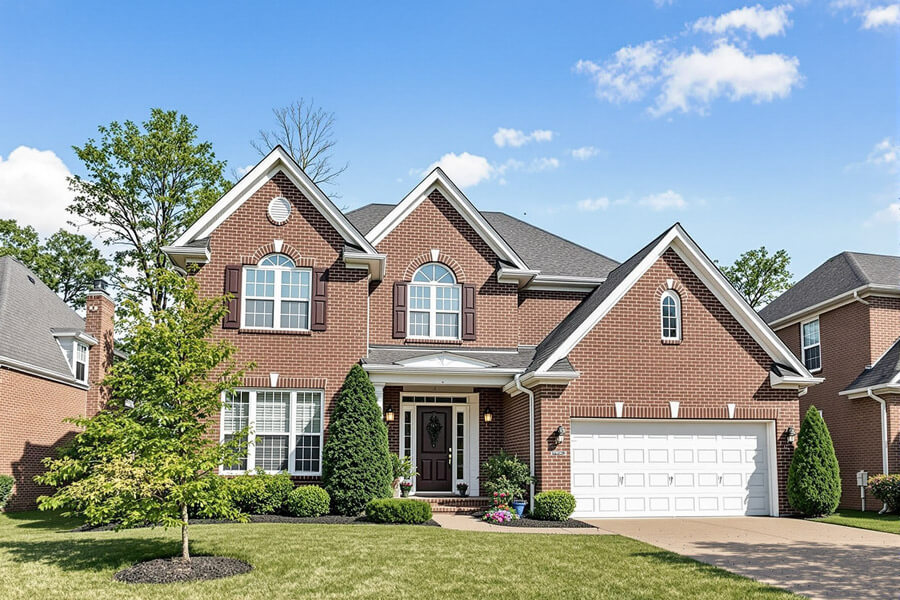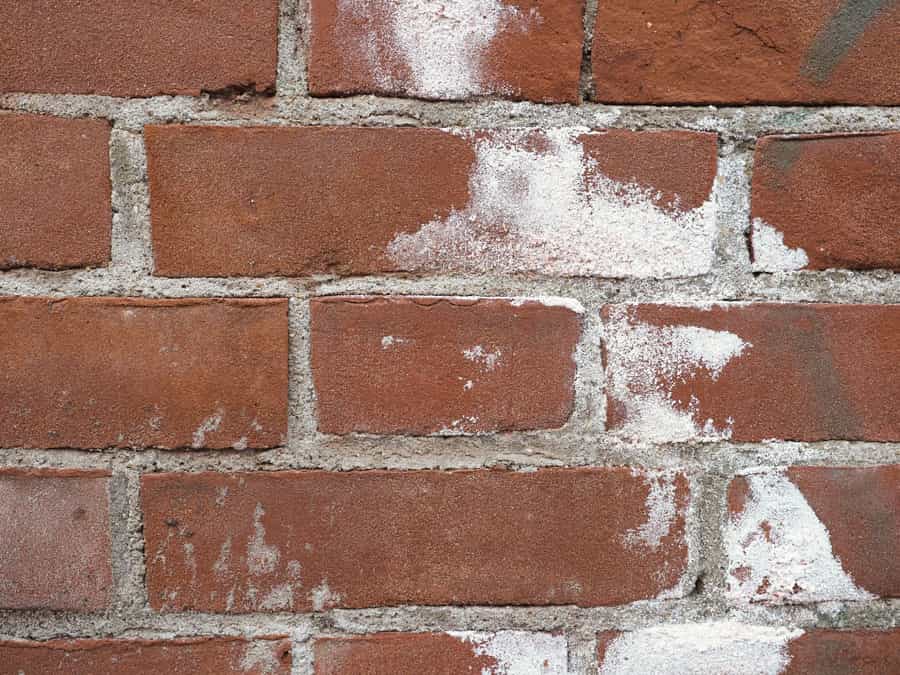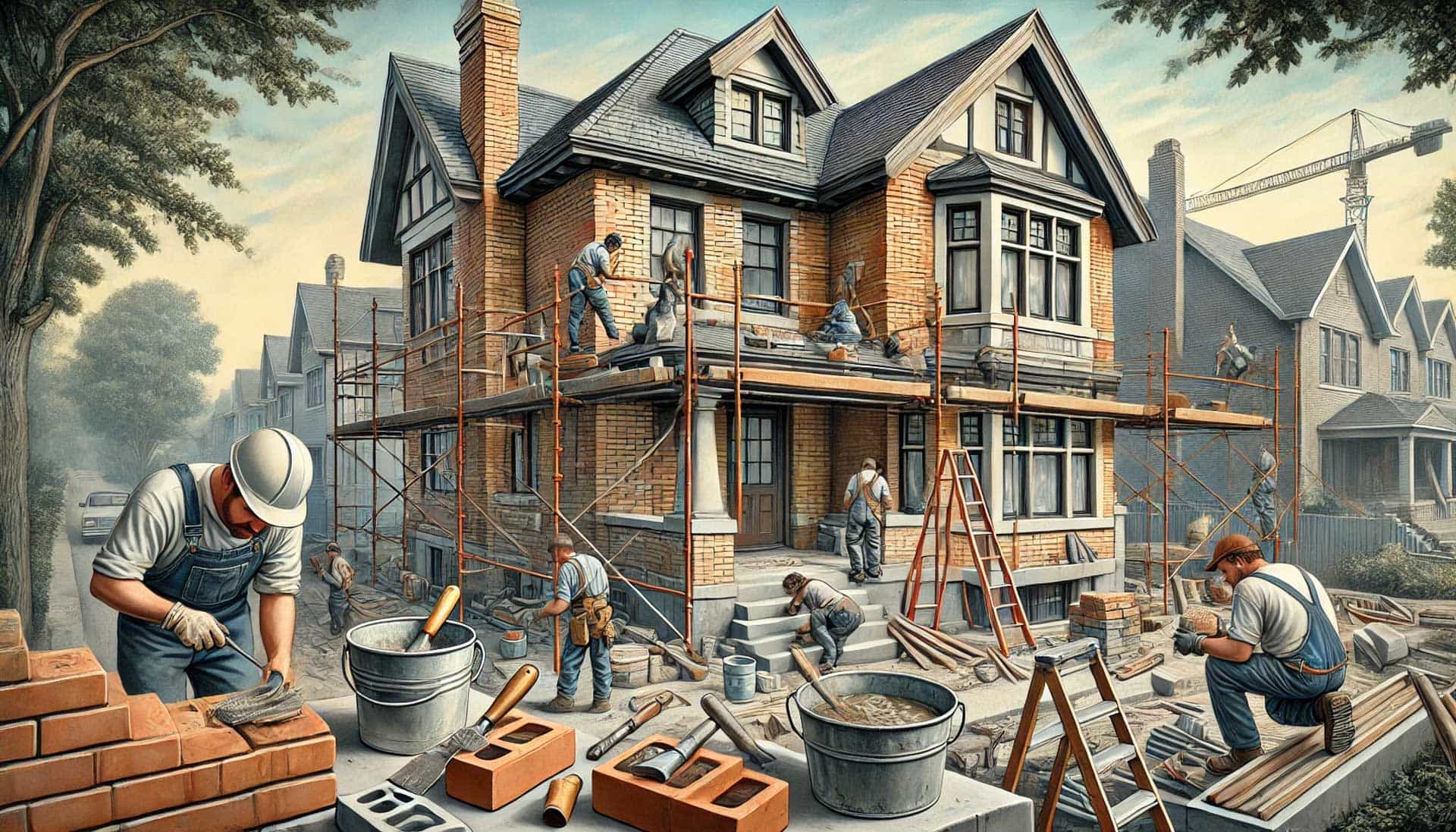Introduction
As environmental urgency grows, “eco masonry” is leading the transformation of modern construction. In 2025, architects, builders, and homeowners alike are turning to sustainable materials, innovative technologies, and climate-responsive design to create buildings that are not only resilient and beautiful, but also environmentally responsible.
This blog explores how eco masonry is shaping the next generation of construction. We’ll look at materials and methods, case studies, new technologies, and practical tips for homeowners and builders alike. By the end, you’ll have a clear sense of how masonry can be both timeless in design and cutting-edge in sustainability
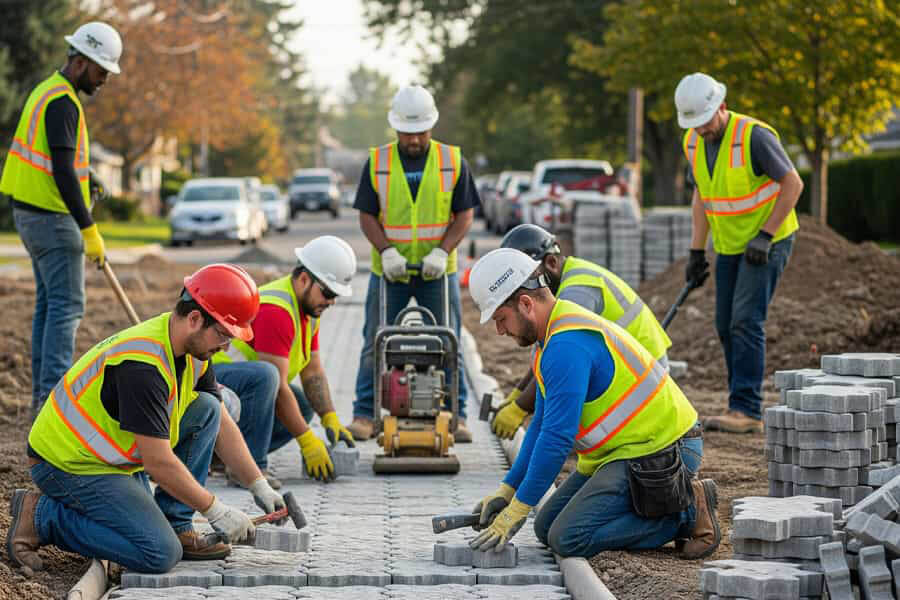
The Heart of Eco Masonry: Sustainable Materials and Techniques
At its core, eco masonry begins with materials. By rethinking what we build with, we can drastically reduce environmental impact while maintaining the durability and timeless appeal that masonry is known for.
Reclaimed & Recycled Components
Reusing existing masonry materials — such as bricks, stones, and even concrete aggregates — is one of the most effective ways to reduce waste. Every reclaimed brick keeps raw material out of landfills and reduces the energy footprint of producing something new.
In Toronto, for example, historic industrial sheds are being converted into energy-efficient laneway homes. Builders are salvaging bricks, repurposing wood, and integrating green roofs into these designs. The result? Homes that cut landfill waste, preserve urban heritage, and perform exceptionally well with passive ventilation, daylighting, and rainwater capture systems.
This marriage of history and sustainability is one of the defining features of eco masonry.
Cutting-Edge Masonry Units
Modern science is giving masonry new life through advanced, low-carbon products:
-
Fly Ash Bricks & Blocks: Made from industrial byproducts, these are strong, lightweight, and significantly lower in emissions than conventional bricks.
-
Geopolymer & Carbon-Sequestering Concrete: These mixes capture CO₂ during curing, locking it into the material permanently while reducing the need for carbon-heavy Portland cement.
-
Low-Carbon Mortars: Lime-based mortars are making a comeback. They are breathable, durable, and far less energy-intensive than cement-based mortars.
-
Natural Stone: Locally quarried limestone, granite, and sandstone remain some of the most sustainable materials available. Minimal processing and extreme longevity make them eco-superstars.
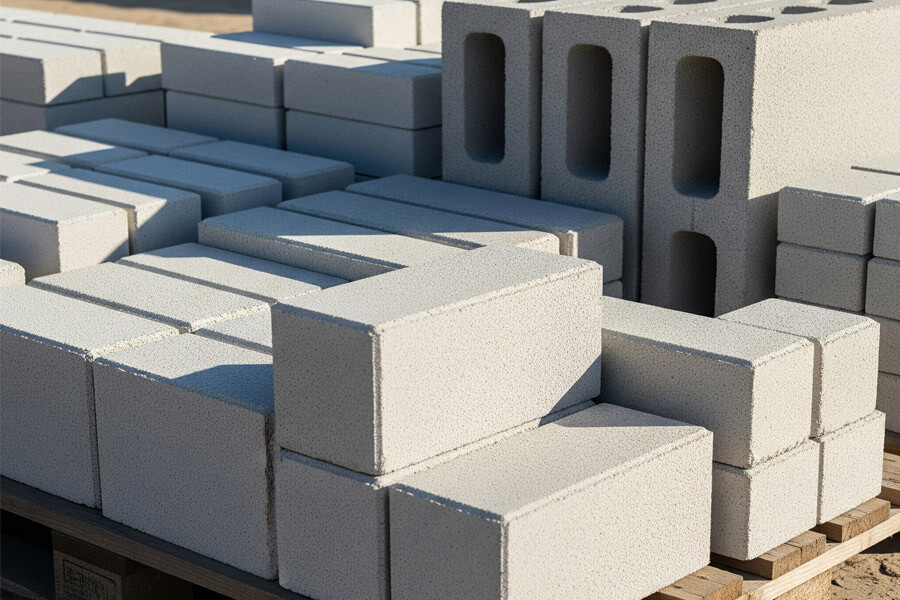
Water Management: Permeable Pavers for Urban Resilience
As climate change brings more intense rainstorms, cities are struggling with flooding and stormwater management. Masonry has responded with permeable pavers and slabs that allow water to soak through rather than run off.
These systems:
-
Recharge groundwater supplies.
-
Prevent sewer overflows and surface flooding.
-
Use recycled aggregates to reduce environmental impact.
For homeowners, permeable pavers are perfect for patios, driveways, and walkways. For cities, they’re an essential tool for urban resilience.
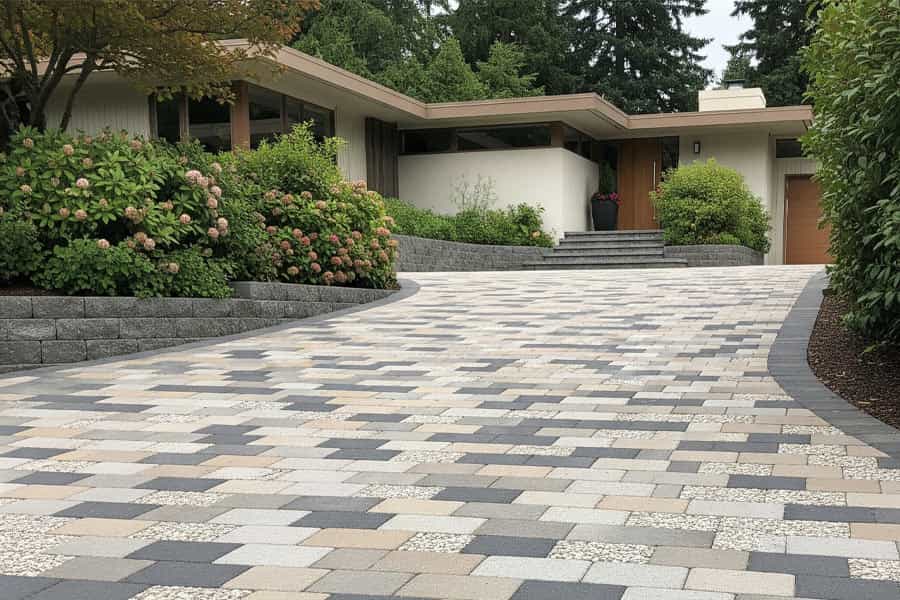
Masonry’s Technological Revolution
Masonry may be rooted in ancient traditions, but technology is transforming how it’s designed and built.
Digital Design & Robotics
-
AI-Powered Stone Cutting: Robotics are now shaping stone with incredible precision, reducing waste and enabling more complex designs.
-
3D Printing with Recycled Materials: Some companies are printing bricks directly from demolition waste or bio-based ingredients — a creative, circular approach to building.
-
Building Information Modeling (BIM): Digital modeling enables smarter planning, efficient material use, and easier compliance with green certification standards.
Prefabrication and Modular Systems
Off-site prefabrication of wall panels and masonry modules can cut on-site labor by up to 40%. This not only speeds construction but also reduces errors, waste, and costs — all while maintaining the strength and beauty of traditional masonry.
Green Building Trends and Product Profiles
Eco masonry doesn’t stop at structure — it extends to new products and design innovations.
Living Walls & Thermal Mass
-
Living walls (vertical gardens) clean air, support biodiversity, and insulate buildings.
-
Masonry’s thermal mass allows buildings to store and release heat gradually, improving energy efficiency year-round.
Featured Sustainable Products
-
Biochar-Infused Panels: Carbon-negative cladding that actually sequesters CO₂.
-
Cork and Hemp Masonry Units: Renewable composites that blend natural insulation with durability.
-
Cross-Laminated Timber + Masonry Hybrids: Pairing certified timber with masonry strength, these systems combine beauty, performance, and sustainability.
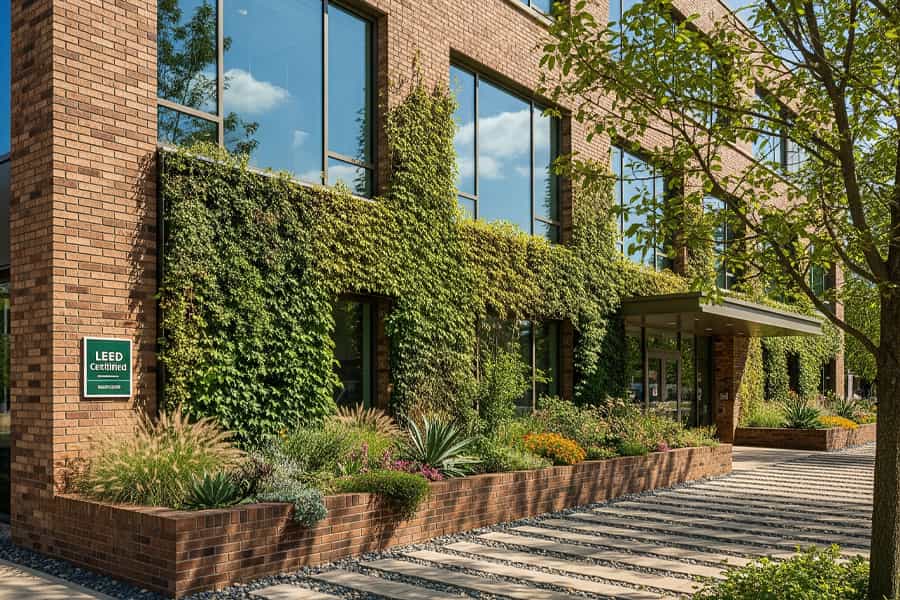
Case Studies: Canadian Excellence in Eco Masonry
Evergreen Brick Works, Toronto
A once-derelict industrial site transformed into a community hub and environmental education center. Salvaged masonry, biophilic design, and advanced stormwater systems turned this into one of Canada’s most celebrated sustainable developments.
Raymond-Lévesque Library, Quebec
This award-winning library uses local wood and masonry as anchors, combined with natural ventilation, daylighting, and recyclable finishes. It’s a model for how public buildings can minimize their footprint without compromising function.
Laneway House, Toronto
Built in a converted shed, this small but sophisticated home demonstrates how eco masonry principles scale to tight urban lots. With reused bricks, daylight shafts, a green roof, and integrated rainwater systems, it’s a model of resilience in dense environments.
Expert Insights
“We’re seeing 30% growth in client requests for projects featuring sustainable masonry practices, especially from eco-minded businesses and luxury homeowners. Reclaimed stone and prefabricated panels are now mainstream — environmental stewardship is a selling point, not a compromise.”
– Industry Research, 2025“The notion of utilizing renewable materials in construction has become increasingly significant for us… People tend to feel happier and healthier surrounded by natural materials compared to synthetic ones.”
– Andrew Waugh, Architect
Embracing Certifications & Standards
Sustainability isn’t just about good intentions — it’s about verification. Today’s eco masonry often aligns with recognized certifications:
-
LEED® / Passive House: Global standards for energy efficiency and sustainability.
-
Cradle to Cradle® / Blauer Engel: Labels that guarantee recyclability and low emissions.
-
FSC®, Natureplus®, PEFC®: Certifications for responsibly sourced forestry products used in hybrid masonry systems.
Practical Tips for Adopting Eco Masonry
For homeowners and builders looking to embrace eco masonry:
-
Source Locally: Minimize transport emissions and support your local economy.
-
Prioritize Recycling: Even small-scale reuse of masonry reduces impact.
-
Select Certified Materials: Look for eco-labels and Environmental Product Declarations (EPDs).
-
Design for Energy Efficiency: Maximize thermal mass, passive heating/cooling, and integrate living walls or green roofs.
-
Choose Modular Systems: Prefabrication saves time, materials, and money while ensuring consistent quality.
Future Outlook: 2025 and Beyond
Eco masonry is only gaining momentum. Expect to see:
-
More bio-based composites (like hempcrete and mycelium blocks).
-
Self-healing concretes that automatically seal cracks.
-
Living surface finishes that clean air and produce oxygen.
-
Smart building integration where masonry systems connect with IoT for performance monitoring.
Every brick, block, and panel installed with sustainability in mind contributes to a more resilient, climate-ready, and aesthetically enduring built environment.
Conclusion & Call to Action
Eco masonry is more than a passing trend — it’s the foundation of sustainable building in 2025. From landmark adaptive reuse projects to modular eco-homes, masonry is proving that durability and environmental stewardship go hand in hand.
If you’re planning a project this year, consider eco masonry not just as a design choice, but as an investment in the planet’s future.


